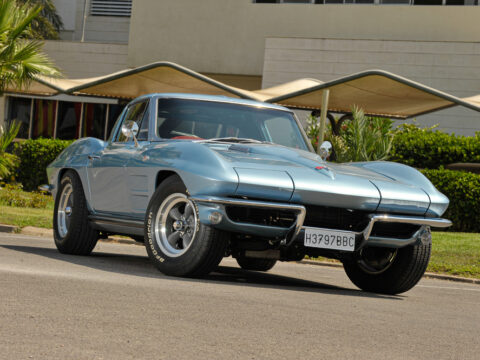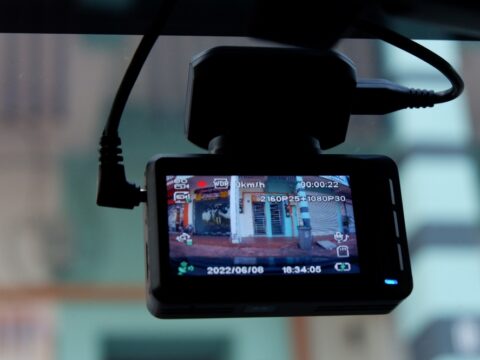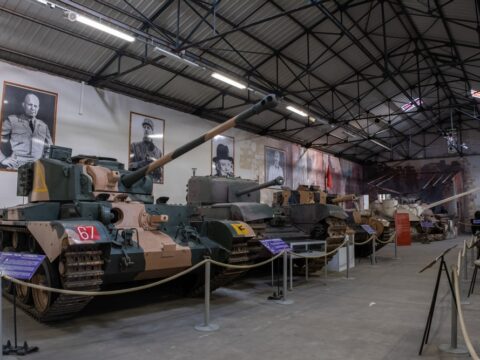Public transportation systems have long been the lifeblood of bustling urban centers, providing essential connectivity and fostering economic growth. However, as cities evolved and new technologies emerged, many once-thriving transit systems fell into disuse. These abandoned systems, ranging from streetcars in American cities to monorails in Australia, reflect not only shifts in transportation preferences but also the challenges faced by public transit over the decades. Their stories offer a glimpse into the changing landscape of urban mobility and the complex interplay between innovation, infrastructure, and societal needs.
Contents
Streetcar Systems in Various US Cities
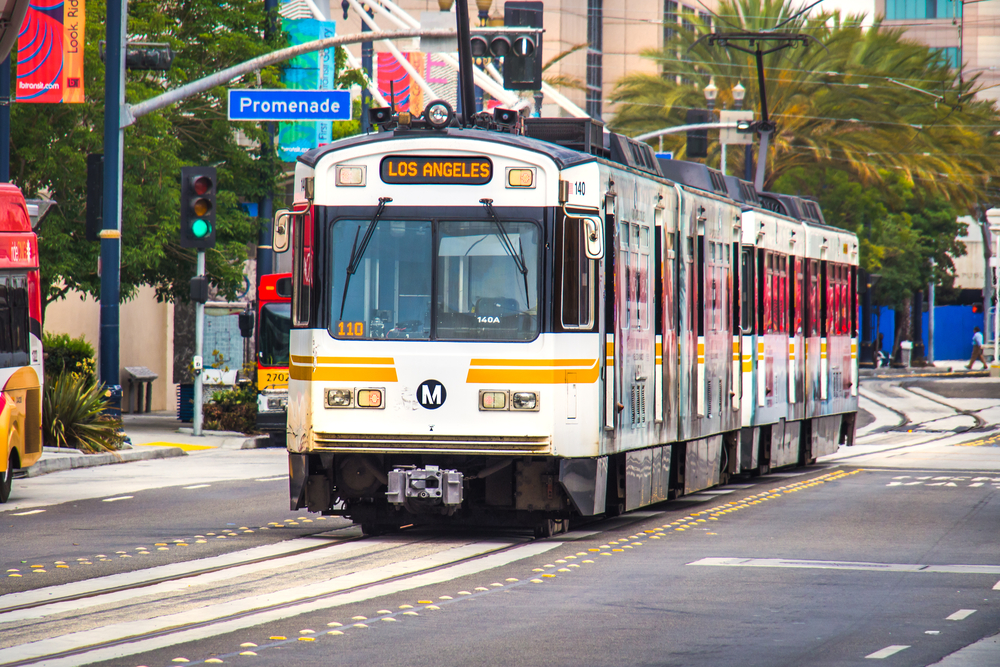
Streetcar systems were once the backbone of urban transportation in many American cities, including Los Angeles, Detroit, and Philadelphia. These systems thrived in the early 20th century, providing reliable and extensive coverage. However, by the mid-20th century, the rise of the automobile industry and the expansion of highways led to a decline in ridership. Many streetcar systems were dismantled as cities shifted towards car-centric development, resulting in increased traffic congestion and pollution. The abandonment of these systems marked a significant shift from public to private transportation, reflecting changing urban planning priorities and economic interests.
Trolleybuses in Athens, Greece
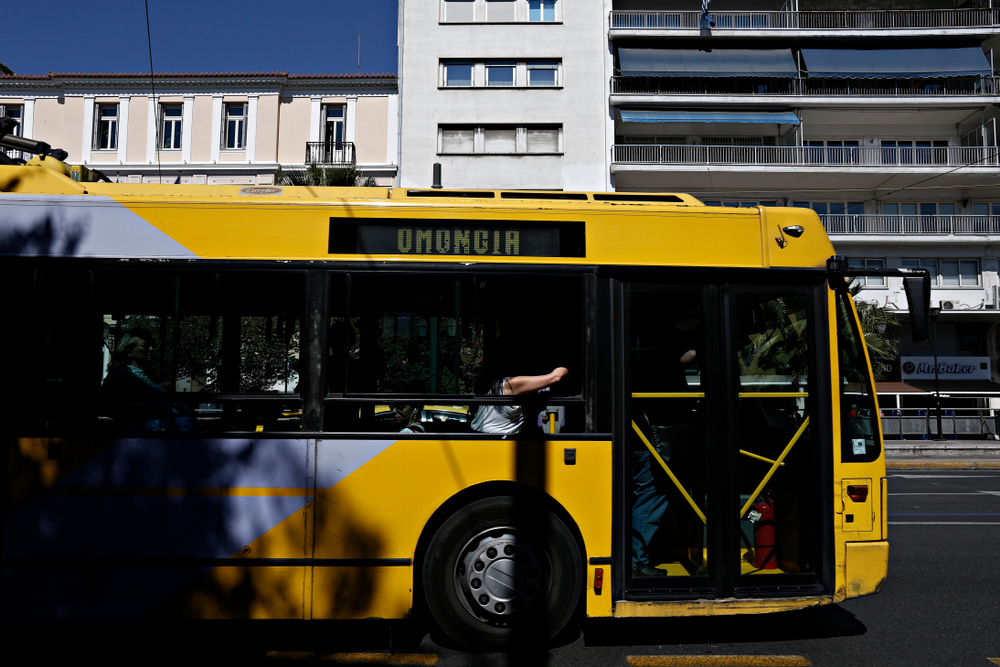
Athens once boasted an extensive trolleybus network that complemented its other public transport services. Introduced in the mid-20th century, trolleybuses were favored for their environmental benefits and efficiency. However, the system faced numerous challenges, including outdated infrastructure, rising operational costs, and competition from other forms of transport. By the late 20th century, many lines were abandoned in favor of more flexible bus services. The decline of trolleybuses in Athens highlights the difficulties of maintaining specialized electric transit systems in rapidly modernizing cities.
Seattle’s Waterfront Streetcar, USA
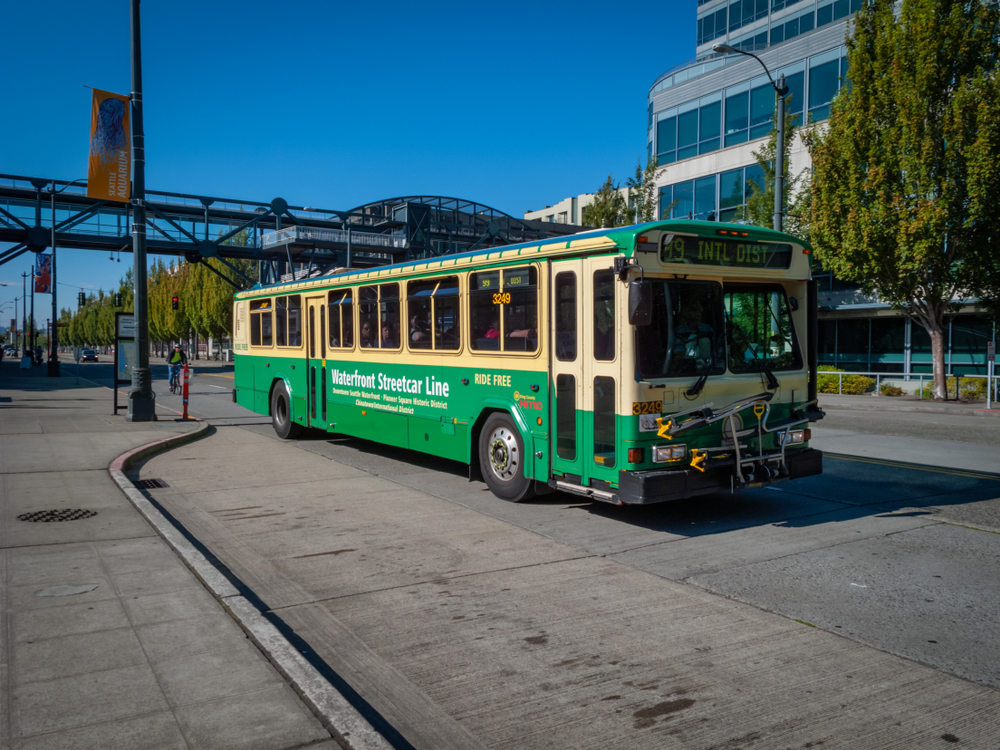
Seattle’s waterfront streetcar line, operational from 1982 to 2005, was a beloved part of the city’s transit network, providing scenic rides along the waterfront. However, redevelopment projects and maintenance issues led to its suspension. Despite efforts to revive it, the line remains inactive. Its abandonment underscores the challenges faced by heritage transit systems in adapting to modern urban needs and redevelopment pressures.
Monorail in Sydney, Australia
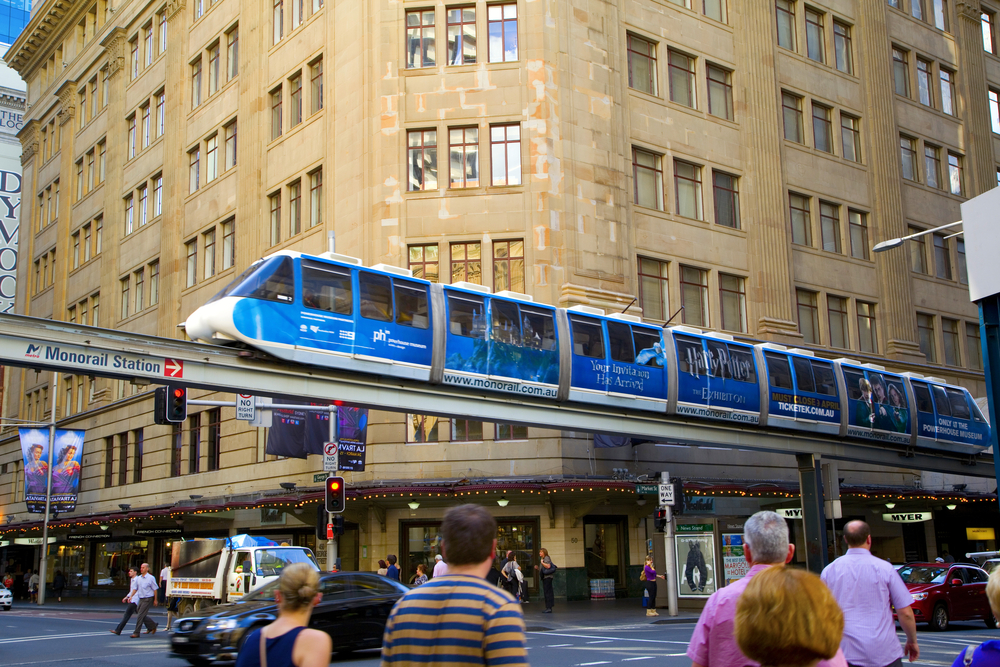
Sydney’s monorail, operational from 1988 to 2013, was initially envisioned as a futuristic solution to urban congestion. It connected key areas in the city center, including Darling Harbour and Chinatown. Despite its innovative design, the monorail faced criticism for its limited coverage, high costs, and redundancy with existing transit options. The decision to dismantle it was part of a broader urban redevelopment plan aimed at improving pedestrian access and integrating more effective transport solutions. The monorail’s short lifespan illustrates the challenges of implementing unconventional transit systems in established urban environments.
Tram Systems in the UK
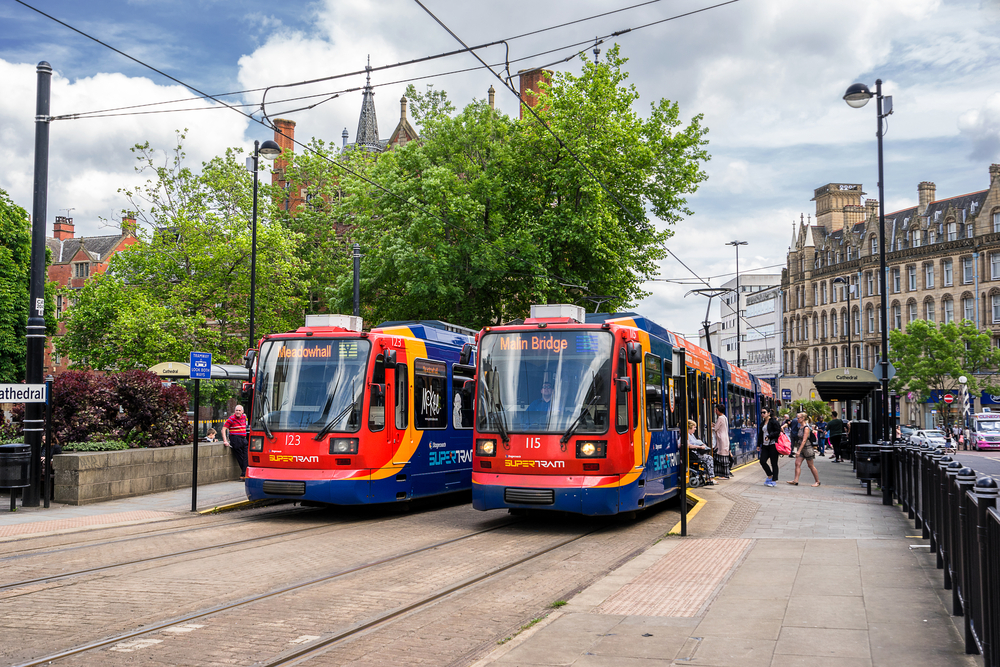
Tram systems were once widespread across the UK, serving cities like London, Glasgow, and Liverpool. These systems peaked in popularity in the early 20th century, offering efficient and reliable public transport. However, post-World War II, the rise of the automobile and the expansion of bus networks led to the decline of tram services. By the 1960s, most tram systems were abandoned due to high maintenance costs and perceived obsolescence. The disappearance of trams marked a significant shift towards road-based transport, influencing urban development patterns.
Key Systems in California, USA
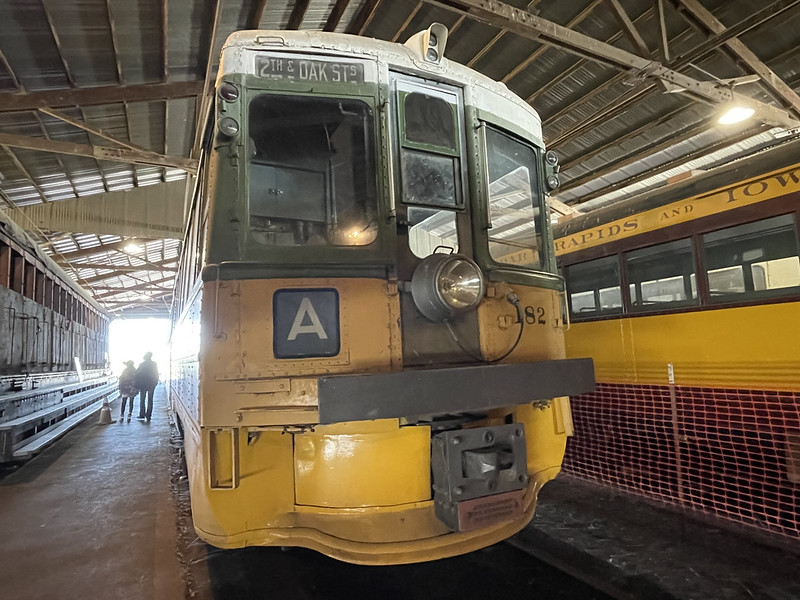
The Key System operated in the San Francisco Bay Area from the early 20th century until 1958, providing essential streetcar and ferry services. It was integral to the region’s public transport, connecting Oakland with San Francisco. However, increasing automobile ownership and the construction of the Bay Bridge led to a decline in ridership. The rise of freeways and buses further eroded its viability, resulting in its eventual abandonment. The demise of the Key System highlights the broader trend of American cities transitioning from rail-based to road-based transit solutions.
San Diego Electric Railway, USA

San Diego’s electric streetcar system, established in the late 19th century, was a pioneering effort in urban public transport. It connected various neighborhoods and facilitated urban growth. However, by the mid-20th century, competition from automobiles and buses, coupled with the growing suburbanization, led to its decline. The last streetcar ran in 1949. The shift towards automobile dependency reflects broader post-war urban development trends that prioritized road infrastructure over rail.
Los Angeles Pacific Electric Railway, USA
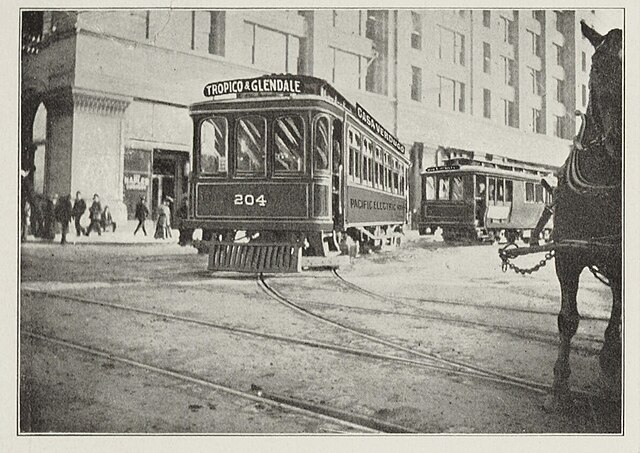
The Pacific Electric Railway, also known as the Red Cars, was once the world’s largest electric railway system, serving Los Angeles and surrounding areas. In the early 20th century, it was a crucial component of urban and suburban transportation. However, the expansion of the freeway system, increased car ownership, and strategic dismantling by automotive interests led to its decline. The last Red Car ran in 1961. Its abandonment signifies the transformation of Los Angeles into a car-centric metropolis and the challenges of sustaining large-scale public transit systems amid rising automotive dominance.
Toronto’s Trolleybus Network, Canada
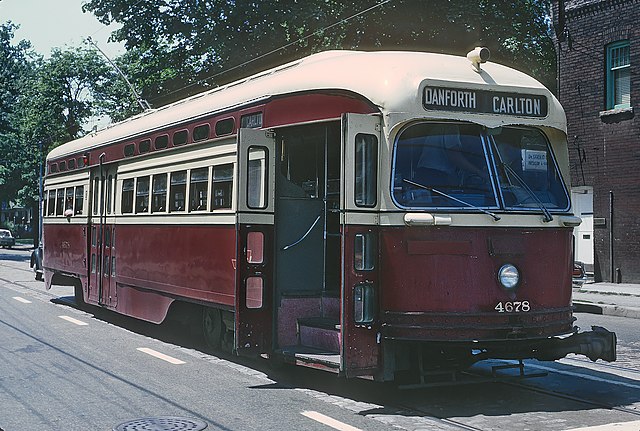
Toronto’s trolleybus network, operational from the 1920s to the 1990s, was once a vital part of the city’s public transit system. Trolleybuses were appreciated for their quiet operation and environmental benefits. However, the rising costs of maintaining the infrastructure and the flexibility offered by diesel buses led to their gradual phase-out. The network’s closure in 1993 marked the end of an era and highlighted the difficulties cities face in balancing technological advancements with operational efficiency.
Boston’s Elevated Railways, USA
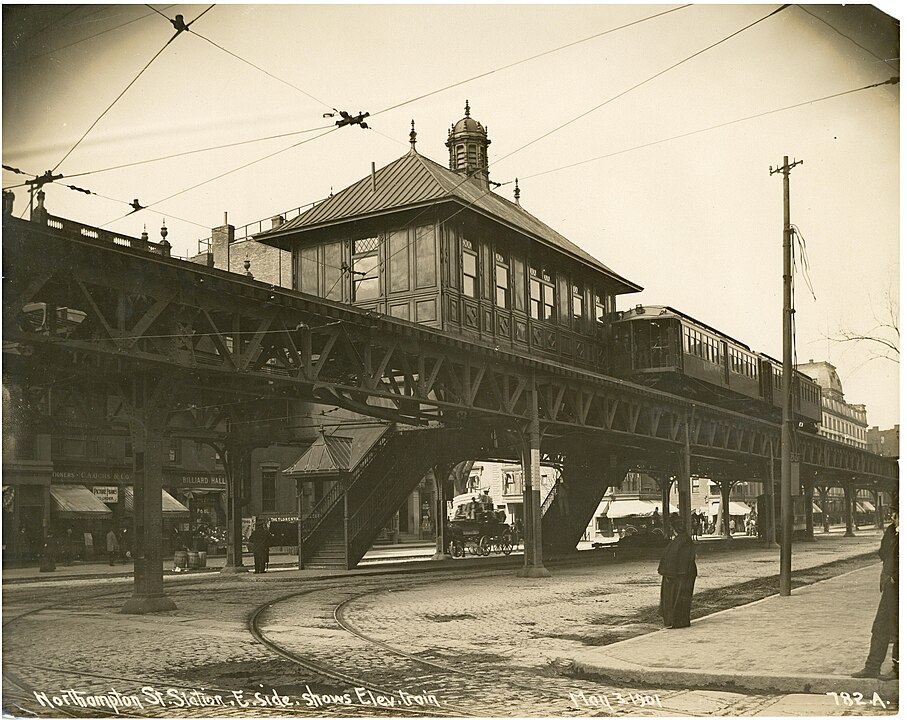
Boston’s elevated railway system, introduced in the late 19th century, was a pioneering urban transit solution. It connected key areas of the city and supported urban growth. However, the aging infrastructure, noise, and visual intrusion led to calls for its removal. By the mid-20th century, most elevated lines were replaced with subway systems. The transition reflects the evolving preferences for more integrated and less obtrusive public transport solutions in densely populated urban areas.
This article originally appeared on MyCarMakesNoise.
More from MyCarMakesNoise
19 Misleading Pieces of Advice About Extending Vehicle Lifespan
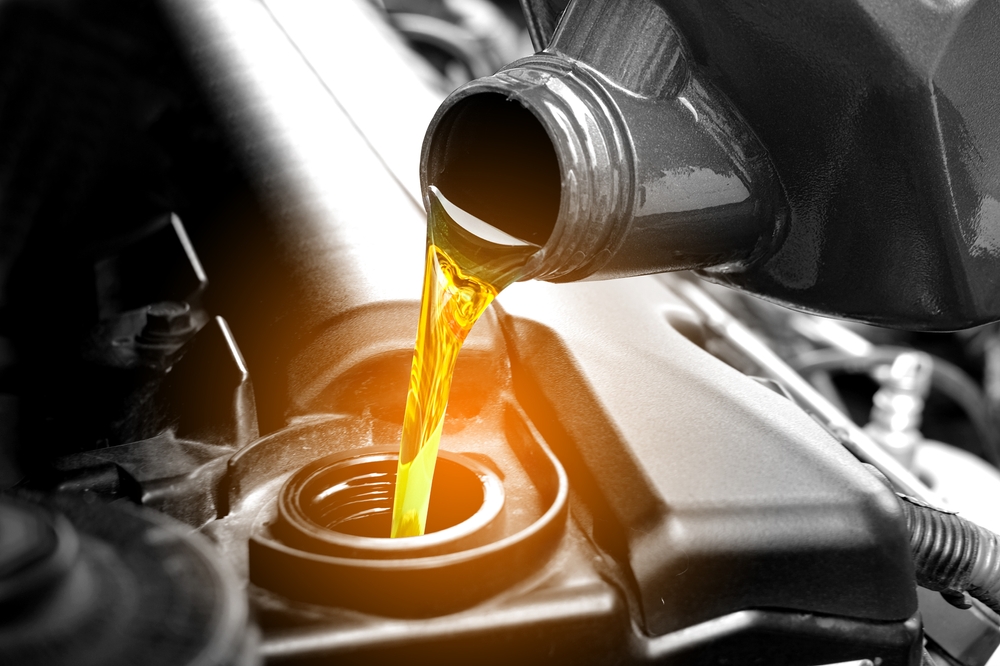
Taking care of your vehicle is important, but not all advice is worth following. Some common tips about extending your car’s lifespan can actually lead to more harm than good. Here are 19 pieces of misleading advice and explain why they might not be as helpful as they seem. Read More.
17 High-Torque Diesel Cars That Are Surprisingly Quick

These vehicles prove that diesel engines can be both efficient and quick, offering impressive performance on the road. Read More.
Toyota’s Top 20 Reliable Cars That Stand the Test of Time

When it comes to reliability and durability, some things are built to stand the test of time. Whether it’s a well-crafted product, a lasting relationship, or a trusted brand, true quality endures. Read More.

